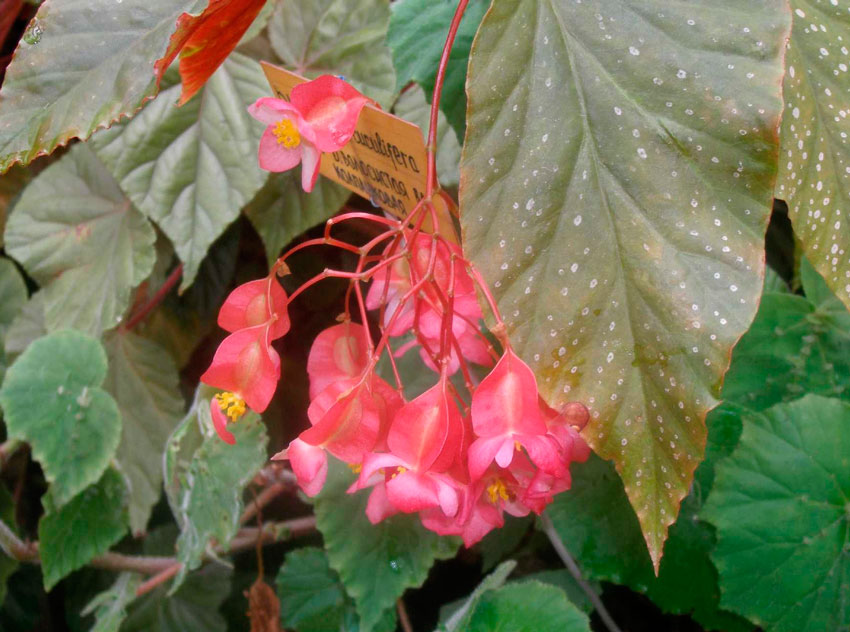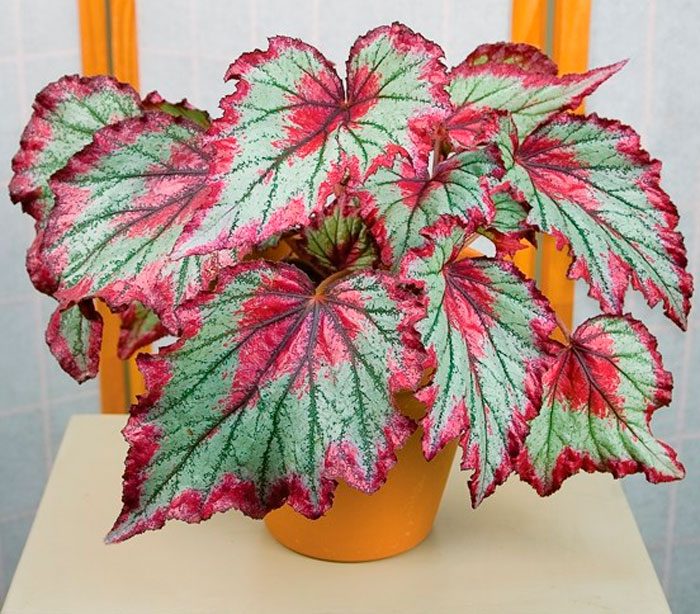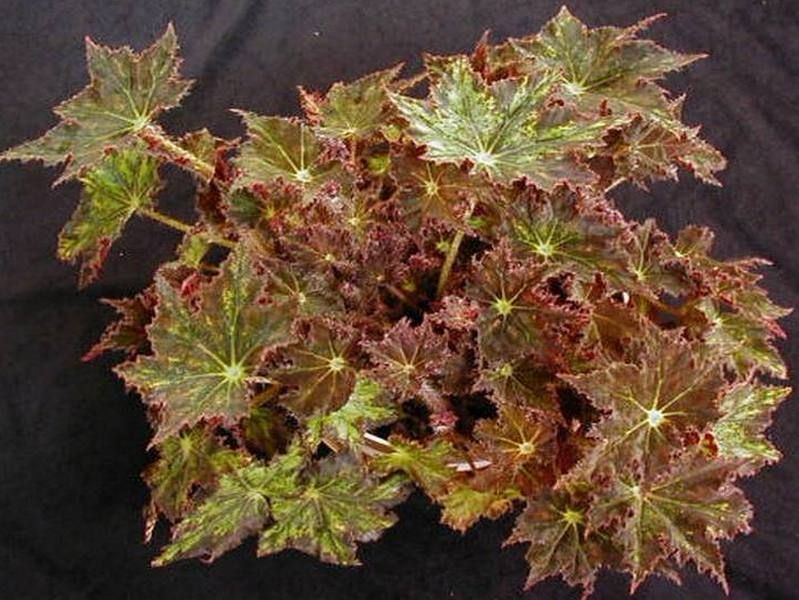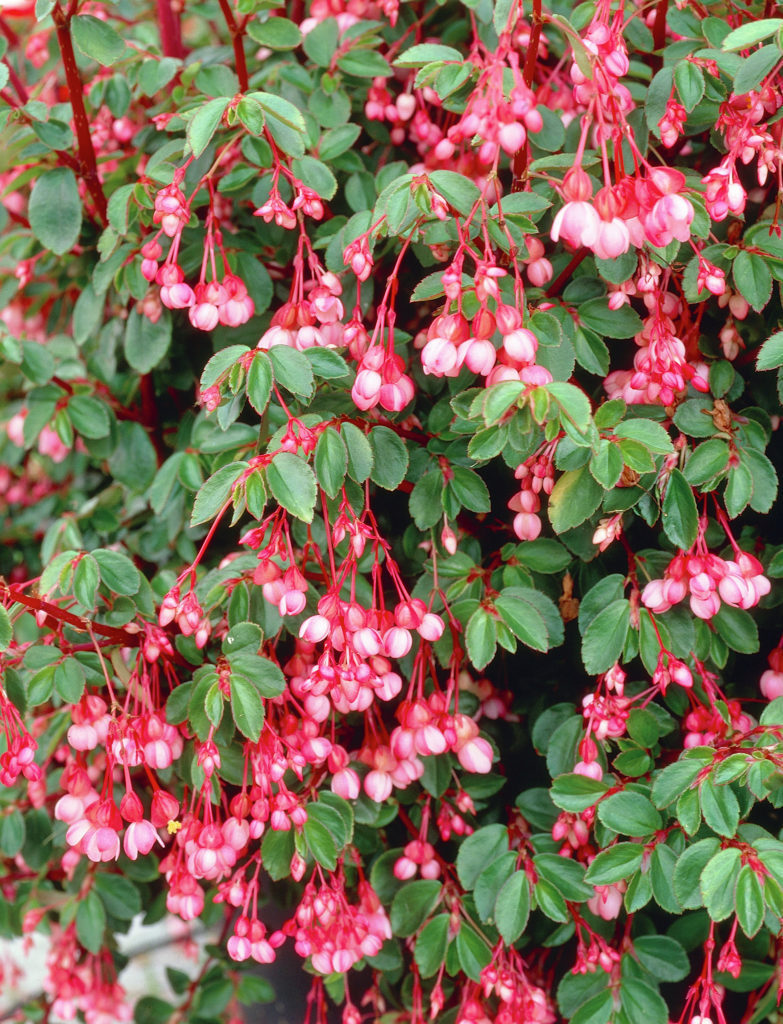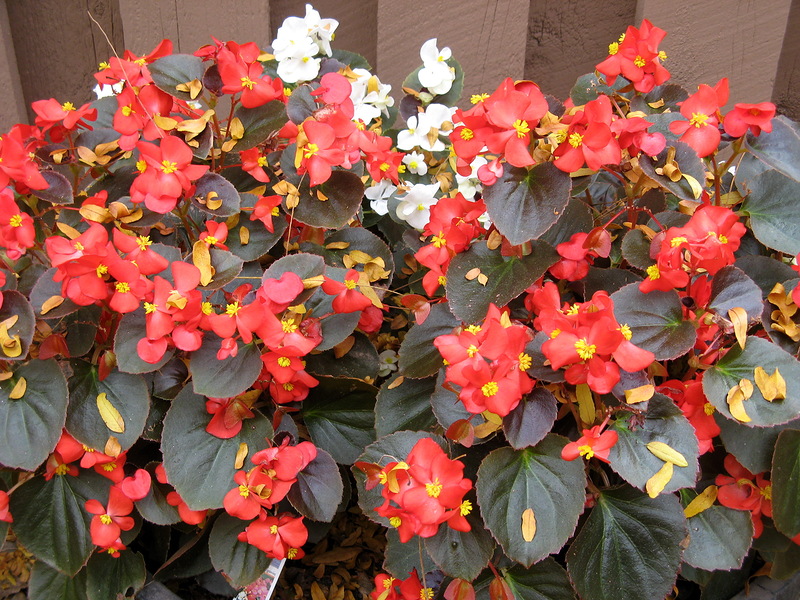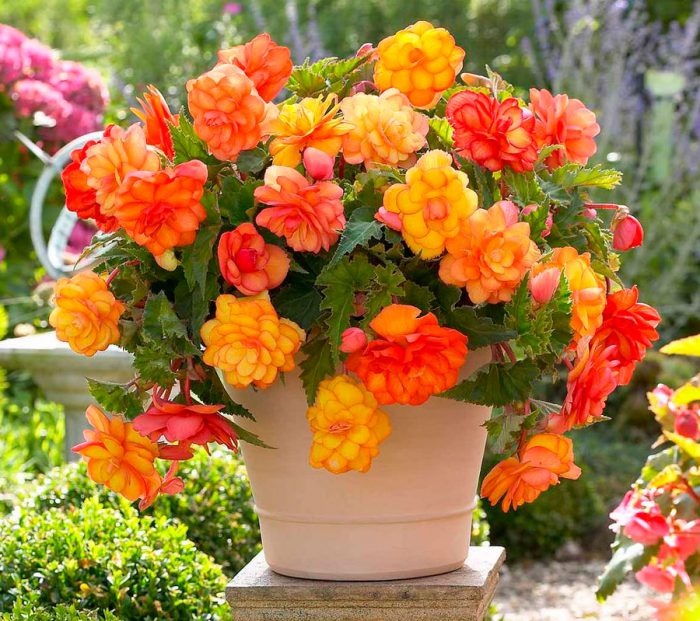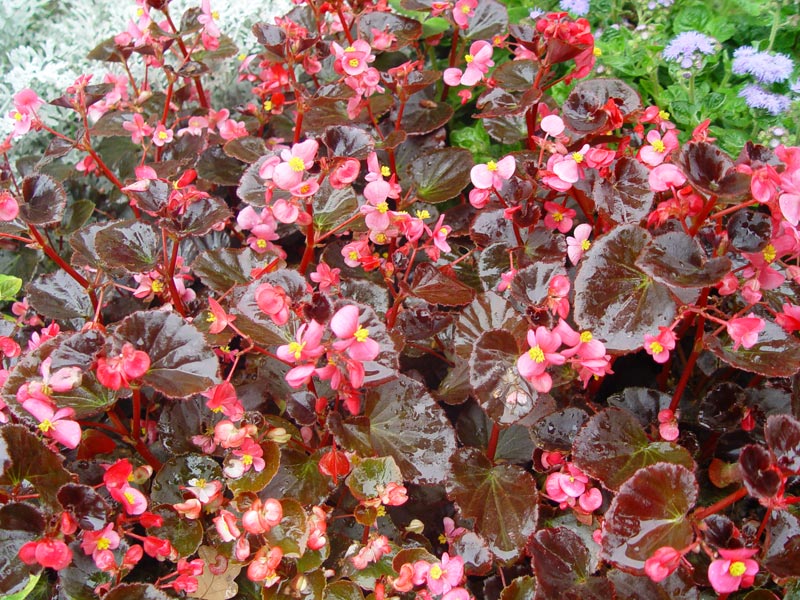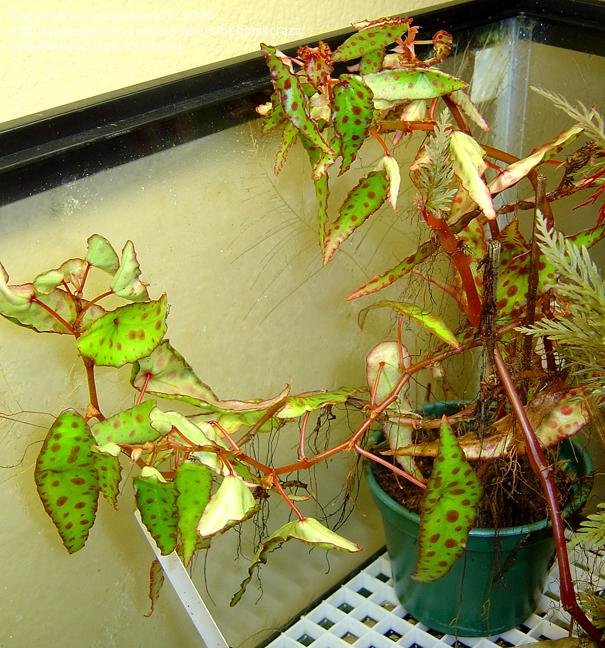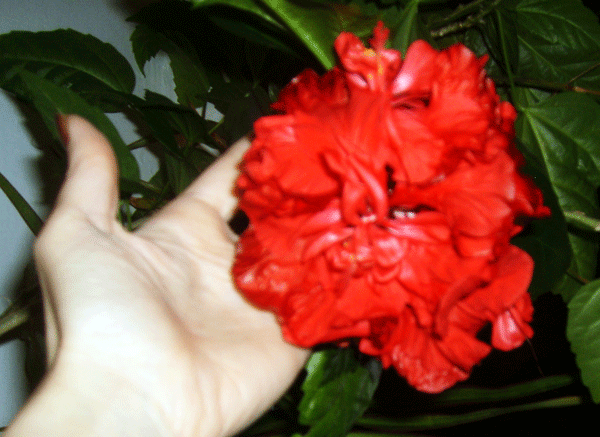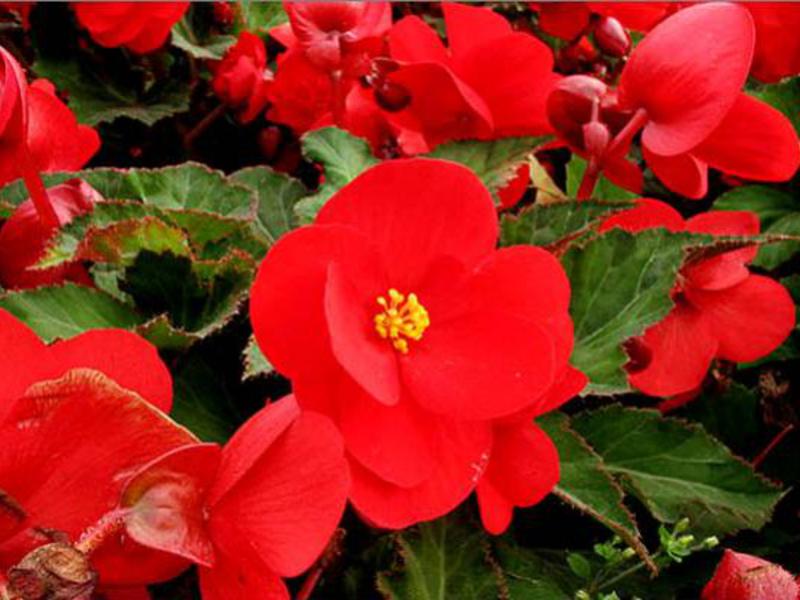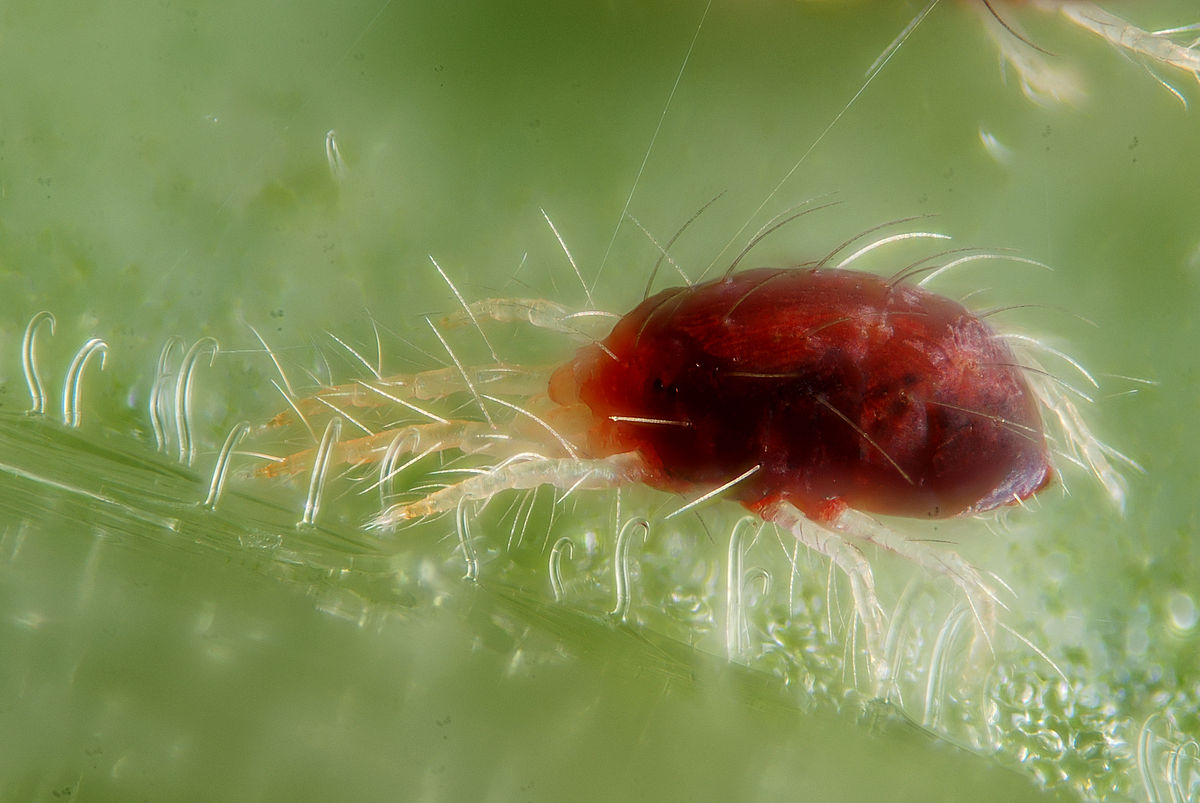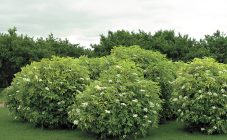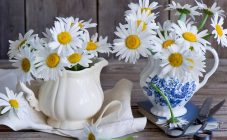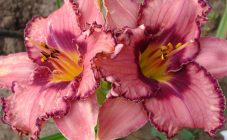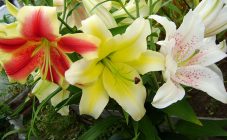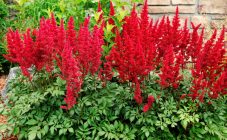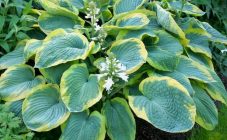Content:
The plant received its generic name in honor of the Governor of Haiti M. Begon, who in the 17th century sponsored the scientific research of the flora and fauna of the Antilles. In nature, they are herbaceous, shrubby (including climbing), with creeping and tuberous-thickened rhizomes. They are found naturally in the tropics and subtropics. Beautiful leaves are asymmetrical and brightly colored. Monoecious plant with unisexual flowers. Begonias propagate by seeds, leaves, pieces of rhizomes and cuttings.
Begonia - species
In all cases, the root system has a branched structure, either fibrous or tuberous. If we are talking about a tuberous plant, then it can be grown in Russia both indoors and outdoors. The rest of the varieties are suitable exclusively for home growing.
Begonias have asymmetric leaves, which are whole, as well as cut into several lobes. The edges of the leaf are wavy and serrated. Almost always the underside of the leaves has a reddish, brown or dark purple undertone. The top of the leaves is found in a solid green, as well as with patterns, strokes, specks. There are species with fleecy leaves and stems.
Flowers come in different sizes from small to large. Flowering usually occurs in summer or fall, but many indoor varieties have a longer flowering period, ending in December. The color is found from simple monochromatic (red, white, pink, etc.) to iridescent in different shades. In a complex inflorescence, male and female flowers are collected.
In total, there are about 1600 varieties, but about 125 are cultivated in domestic culture. Some are artificially obtained hybrids. A unified classification has not yet been created, therefore, in the literature of different countries, one can find discrepancies in the names. In Russia, the classification proposed by Professor, Doctor of Agricultural Sciences V.V. Vorontsov has been adopted, who singled out the following classes:
- decorative deciduous begonias;
- shrub begonias;
- tuberous begonias;
- flowering begonias.
But the number of classifying features is not limited to this.
Decorative foliage begonias
Leaf begonia is completely devoid of aerial stems, since its foliage appears immediately from the root. The variety of colors of leaves of root begonia is very large: green, red, yellow, silvery, etc. Among the most popular are the types and varieties:
- Rex (royal) is a hybrid begonia characterized by rounded or oval leaves up to 30 cm in length with a serrated edge. Colors range from brownish pink to purple. There is a white, green or silver border around the edge.
- Metallica is a variegated begonia with olive green, noticeably pubescent leaves up to 15 cm in length with a jagged edge. Silver begonia got its name from the leaves, which were pollinated with metal pollen.
- Tiger - speckled begonia with small size heart-shaped leaves with jagged edges, covered with spots of dark gray or brown.Spotted begonia looks especially impressive in combination with other variegated varieties.
- Begonia Mason is a plant native to New Guinea, highly prized for its leaf pattern, resembling a Maltese cross in shape. Each leaf of the spotted begonia reaches 20 cm in length, and the oldest ones have a silvery bloom. Flower height - up to 35 cm, blooms with beige small flowers.
- Begonia Cleopatra - with its leaves resembles a maple. On the outside, they are painted in bright green, and on the inside - burgundy or red. The fleshy cuttings have a gray or white edge. Red begonia grows up to 30 cm in height, and sometimes up to 50 cm. This species blooms in January and February with white-pink flowers.
- Collar begonia (cuff begonia) is a flower originally from Mexico. It has a creeping stem and large, light green, fleecy leaves up to 30 cm in diameter. There is a dense cuff of red villi near the cutting. It blooms in winter with large peduncles up to 60 cm in length, on which a racemose inflorescence of bright pink flowers blooms.
- Red-leaved begonia - native to South America. Begonia with red leaves has fleshy short stems and rounded leaves with a glossy top. The leaf is red from the inside and green from above. The height of the bush reaches 40 cm. Flowering occurs in summer, the flowers have a pink tint.
Shrubs
They are distinguished by branched geniculate stems, resembling bamboo in their structure. The bush has many side branching shoots. Leaves come in different shapes and colors. The flowers are always very beautiful. The fleshy and thick root is not capable of vegetative propagation. Such plants bloom all year round. There are annual and perennial varieties. Depending on the variety, the plant height ranges from 10 cm-2 m.
Most popular types:
- Coral is a garden begonia with an erect, bare stem that grows up to 1 m in height. The leaves are ovoid on the front side - dark green with a silvery speck, and on the inside - brown-red. The lush inflorescences of the large begonias are coral in color and consist of many tiny flowers.
- Fuchsia begonia - has a high stem up to 1 m in height, on which there are many large oval green glossy leaves. There are few flowers, all have a fuchsia shape and are painted in all shades of red.
Tuberous
The rhizome is tuber-shaped. The stems are fleshy and high - up to 80 cm. The inflorescences are very lush and resemble carnations, roses, peonies or camellias. The diameter of the inflorescence can reach 20 cm. There are ampelous, shrub and herbaceous varieties. The leaves have a glossy surface and pubescent, the edge can be flat or corrugated. A wealth of shades of flowers - from the lightest to the most intense dark. Tuberous large-flowered and small-flowered begonias bloom for a long time - from May to October.
Popular varieties:
- Pikoti Harlequin is a yellow terry begonia, has a semi-spreading shape up to 25 cm in height with large flowers up to 12 cm in diameter. The flowers have a noticeable red border, and the green leaves have a jagged edge.
- Bouton de Rose is a pink begonia in the form of a compact bush with flowers resembling a rose in their shape. The diameter of each flower is up to 18 cm. This fringed begonia blooms with white or pink flowers, the leaves are large, green, with wavy edges.
- Duck Red is a red begonia in the form of a low-growing bush with semi-spreading stems, which have many green leaves with finely toothed edges. Flowers are dark red up to 10 cm in diameter, have double petals and are very similar to peonies.
- Marginata is a white terry begonia with spreading stems and green leaves with a purple border. It reaches a height of 15 cm. The flowers are yellow, but always with a red border and a very curly edge.
Ampel varieties of begonias
These are street begonias with roots in the form of tubers, falling long stems, on which lush inflorescences bloom on the peduncles. Such species usually bloom from spring to autumn. The following beautiful varieties can be found on sale:
- Rocsana - orange begonia with large double flowers
- Kristy - white begonia with double flowers
- Girl is a large-flowered begonia with semi-double, pale pink petals.
The Bolivian group of ampelous flowering begonias has long shoots that first grow up to 30 cm in height, and then descend beautifully, forming an exquisite floral cascade. There are varieties:
- Santa Cruz Sunset F1 - has shoots up to 40 cm in length, blooms from June to October with red-orange fuchsia flowers.
- Copacabana F1 is a creeping variety with bell-shaped scarlet flowers.
- Bossa Nova F1 - gives sprawling shoots up to half a meter in length, blooms from May to October, and this is a mix begonia that gives flowers of orange, red, white and pink.
Blooming begonia (decorative blooming)
The varieties of this species are distinguished by single large simple-shaped flowers of all kinds of shades. The most popular varieties:
- Eternal Blossom is a border begonia with an extremely valuable quality - it does not stop flowering throughout the season, regardless of the weather.
- Elatior is a group of hybrids bred in England by crossing the Socotran and tuberous begonias. The result is a plant that can bloom all year round. Glossy, heart-shaped leaves with serrated edges grow on thick stems, and simple and double flowers form multi-tiered inflorescences on long pedicels. There are high varieties (up to 40 cm), medium (up to 30 cm) and undersized (up to 25 cm).
In recent years, all sorts of varieties have appeared on the market, adapted for growing at home and in the open field. The following varieties are of interest:
- Begonia Alfalfa is a common indoor ornamental deciduous plant, obtained by crossing the begonias of Richards and the coral species, occurs in all kinds of shades and sizes, blooms all summer and reproduces well by seeds.
- Drega begonia (Caudex begonia) is a rare variety, in fact, a succulent. Differs in compactness and shade tolerance. Can be used as a bonsai.
- Amphioxus is a spotted begonia native to Malaysia with glossy leaves covered with red dots and greenish-white flowers.
- Begonia Maculata is a spotted variety that has heart-shaped leaves with a red underside larger than a palm, the leaves are covered with silvery-white round spots. Blooms all year round.
- Begonia Buncha is a rhizomatous species, has fringed green or burgundy leaves, blooms with pink loose buds-tassels in spring.
- Begonia Double Mix is a terry variety that reproduces tubers and gives a wide range of flower shades.
- Rajah begonia is a tropical perennial plant that grows up to 50 cm in height. The brown-green leaves have bright yellow veins and borders. It blooms in winter and early spring with white and pink inflorescences.
- Black begonia (Mamba, Black Prince) - differs in compact size and very dark color of leaves of almost black color.
- Tick-borne begonia is an ornamental-deciduous variety obtained after crossing hogweed and pepon-leaved begonias. It reaches a height of 1.5 m and has a creeping stem, pubescent with white villi. The leaves are copper-brown or bronze-green in color, reaching 35 cm in diameter. It blooms in small white or pale pink inflorescences from March to August, forming peduncles up to 1 m in length.
- Pugnacious begonia is an ornamental leafy variety with a heavily cut leaf shape that gives the impression of being damaged in a fight.
Planting and leaving
Depending on where the plant will be kept - at home or on the street - suitable varieties are selected.
Root begonia: home care
All varieties and types are mostly light-loving, but at the same time preferring diffused light. This is due to the fact that the plant comes from tropical forests, where the light is bright enough, but always muted by the neighboring lush vegetation.
Drafts are categorically contraindicated. In summer, the optimal temperature regime is + 22 ... + 25 ° С, in winter - + 15 ... + 18 ° С. The preferred type of soil is fertile with the addition of humus and sand. Watering should be done regularly, but not allowing water to stagnate at the roots. At the bottom of the pot, a thick layer of large stones must be poured.
Tuberous varieties shed their foliage in autumn. Then the plant is dug up and laid for wintering in dry peat, again planting in a pot only in spring.
For decorative leafy begonias, nitrogenous fertilizing is important, which is given during the entire warm season. If the variety is abundantly flowering, then it definitely needs regular phosphorus-containing dressings. It is recommended every spring to dig out the underground part, gently rinse the roots in a weak solution of potassium permanganate, removing all damaged parts and areas with traces of deterioration. After that, planting is carried out in fresh soil in a pot of slightly larger diameter.
Garden begonia: planting and care in the open field
Planting garden begonias in flower beds is carried out taking into account the fact that the plants can withstand a drop in temperature within +12 ° C. The land is enriched with sand and humus before planting. In care, most bush varieties are very unpretentious, but at the same time, for all, without exception, intolerance of water getting on the leaves is characteristic. Watering is carried out strictly at the root. To improve the oxygen supply to the roots, regular loosening is required.
In autumn, with a decrease in air temperature with plants, proceed as follows:
- Stop watering.
- They dig it out at the end of September.
- The stems are cut, leaving no more than 3 cm.
- The underground part is dried for 2 weeks in a dry, dark room.
- For the winter they put them in boxes, sprinkled with sand, and provide storage until spring at a temperature of + 5-6 ° C.
Planting in the spring is carried out in pots, which are placed on the windowsills, waiting for the soil in the flower beds in the garden to warm up to +12 ° C.
Diseases and pests
At home and outdoors, the following pests and diseases can threaten flowers:
- Powdery mildew - manifests itself in the form of a whitish or gray coating on all aerial parts, it is treated by treatment with a solution of a fungicide (for example, Topaz) with an interval of 10 days, but in advanced cases the plant has to be destroyed.
- Gray rot - affects the leaves, appearing as spots with dried edges. Treatment with Bordeaux liquid and 0.2% Fundazole solution helps.
- Whitefly is a butterfly that lays its eggs from the inside of leaves. Caterpillars that eat greens hatch from them. Spraying with a weak solution of laundry soap will help.
- Gall nematode is a microscopic worm that attacks the roots. Before planting a flower in a pot, the ground is necessarily steamed against it, and a 0.2% heterophos solution is spilled on the flower beds.
- Spider mites and aphids - can appear on windowsills and flower beds, they are treated with specialized fungicides or infusion of onion peels.
The main method of pest control is regular inspections and preventive treatments, since it is not always possible to save heavily affected plants.
If, despite all efforts made, flowers do not appear, the conditions of the plant should be checked. Possible reasons:
- There is too little sunlight. The pot is moved closer to the window or the window sill is changed, for example, from the north to the east.
- Indoor air is too dry. In such a situation, a container of water installed next to the pot will help.
- Too cold or too hot.It is necessary to have a thermometer nearby in order to control the optimal temperature regime (not lower than +15 ° С and not higher than +23 ° С).
- Draft. If it is impossible to get rid of it, then the pot is placed in an aquarium or greenhouse.
- Oversupply of fertilizers. In this case, only replacing the soil in the pot will help.
Modern varieties of begonias are striking in their diversity, so every gardener and fan of indoor floriculture will certainly be able to choose a suitable decorative deciduous or brightly and beautifully flowering plant for their conditions.
